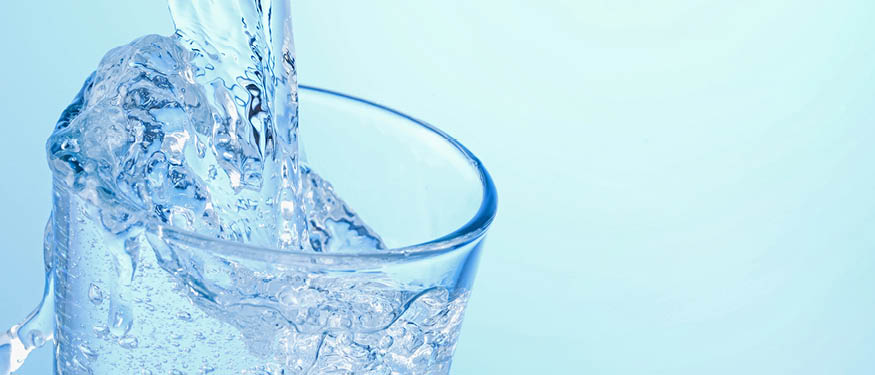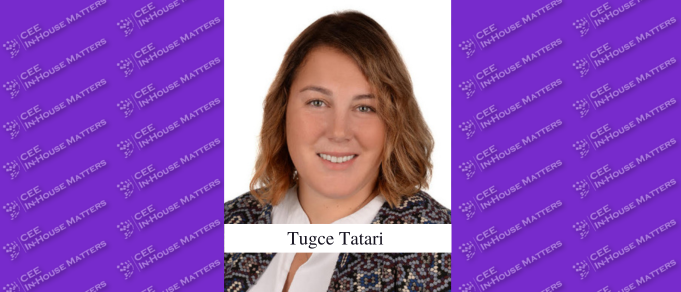On May 26, 2021, the EU’s new Medical Device Regulation came into force, significantly changing the applicable regime, including – of particular interest to the dynamic Slovenian MedTech start-up community – by providing a new definition of software applications that need to be certified as medical devices.
Previously, software as a medical device (so-called “SaMD”) has usually been classified as a class I product (categorized according to risk, contact duration, and invasiveness). Under the MDR, most SaMDs will be classified in higher risk classes. This means that manufacturers will have to fulfil more requirements to receive the CE mark (signifying that products sold in the European Economic Area have been assessed to meet high safety, health, and environmental protection requirements). Instead of allowing manufacturers to make a self-assessment, the notified body (an accredited organization designated by a member state for this purpose) will assess the device’s conformity and approve the CE mark based on an audit of the manufacturer’s technological workflow and an evaluation of the technical and scientific documentation supporting the device’s performance and safety claims.
What is the MDR?
This new regulation will, together with the In Vitro Diagnostic Medical Device Regulation that comes into force next year, gradually replace the Medical Device Directive and the Directive on In Vitro Diagnostic Medical Devices and reshape the framework for access to the medical technology market through a mandatory conformity report for all medical devices from a notified body.
Although we want to focus more on the market access aspect in this article, it is important to note that the MDR reflects a life-cycle approach. Manufacturers will now have to follow the general obligations that require them to establish, document, and implement a quality system that remains effective throughout a device’s entire life-cycle. The MDR now covers many more products than before and requires the implementation of a unique device identification device to track devices throughout the supply chain.
The modified framework will affect the notified bodies as well. They will now have to comply with the new rules on designation and continuous assessment of their work. Some countries have even reported that due to the new requirements, many previously-certified bodies have lost that status and closed their doors. Luckily, this has not yet happened in Slovenia.
How the MDR Will Affect Innovative Companies
We could discuss how the MDR was adopted in 2017, how long the transition period was, and how there was plenty of time to prepare. And there is a lot of guidance and support available, and the information has been delivered in a user-friendly way. But …
Although the new MedTech companies will benefit from the transitional period during which medical devices registered under the old rules are recertified (hopefully this will eliminate bottlenecks at the level of the notified bodies), most start-ups and other companies in the Slovenian medical technology industry we are in touch with estimate an additional ten to twelve months of work will now be required before a device obtains the required certificate and is ready for market. Twelve months is a long time for innovative products and solutions; for businesses to gain momentum before other businesses come racing in with upgrades or twists, time is of the essence. The costs associated will not be negligible either, especially for smaller companies. The majority of companies we have contacted estimate that compliance with the new regulations will cost more than five percent of the revenue the relevant software is expected to generate.
This extended certification process, combined with the failure of the Ministry of Health to deliver the regulations it promised to bridge the gaps at the local level (the draft had not yet been published at the time this article was written), makes it clear that the new system will disrupt Slovenia’s medical technology industry.
The good news for innovators is, of course, that everyone is in the same boat – a boat that needs to keep floating for a year longer than anticipated. And that is what is most concerning. A business with ideas on how to improve patients’ lives is still a business, and these twelve months may make a difference to whether a company decides to go ahead and develop an idea, kick it into the long grass, or … relocate.
By Ales Lunder, Partner, and Sasa Sodja, Attorney-at-Law, CMS Slovenia
This Article was originally published in Issue 8.5 of the CEE Legal Matters Magazine. If you would like to receive a hard copy of the magazine, you can subscribe here.
















